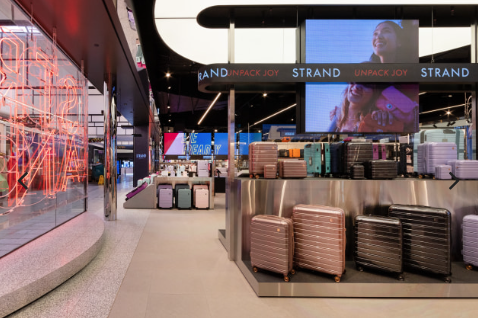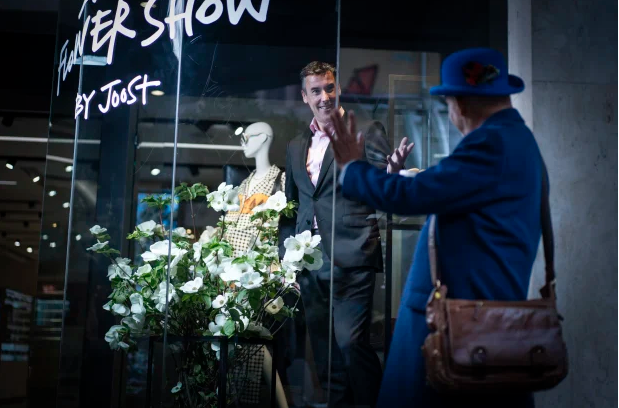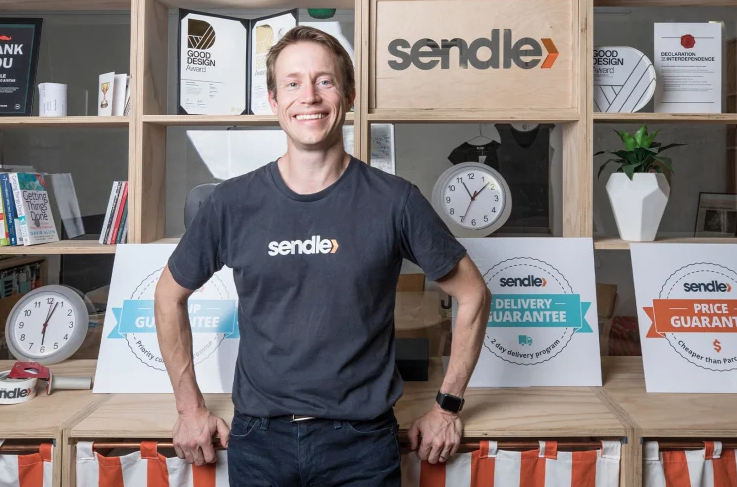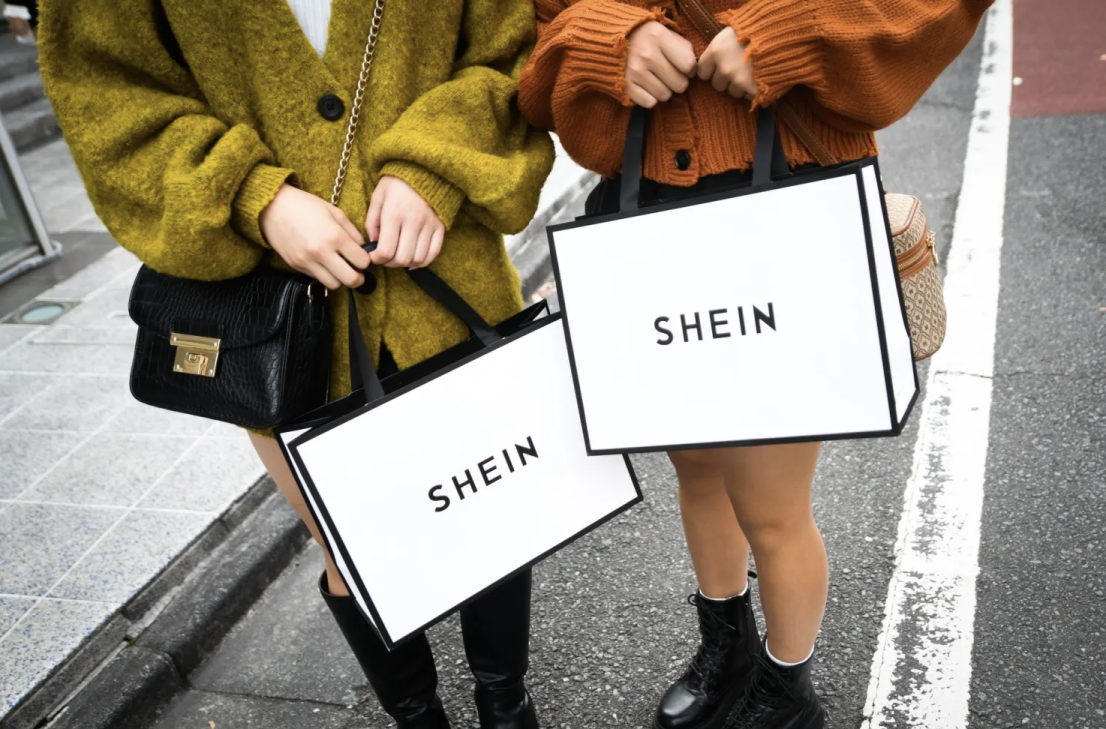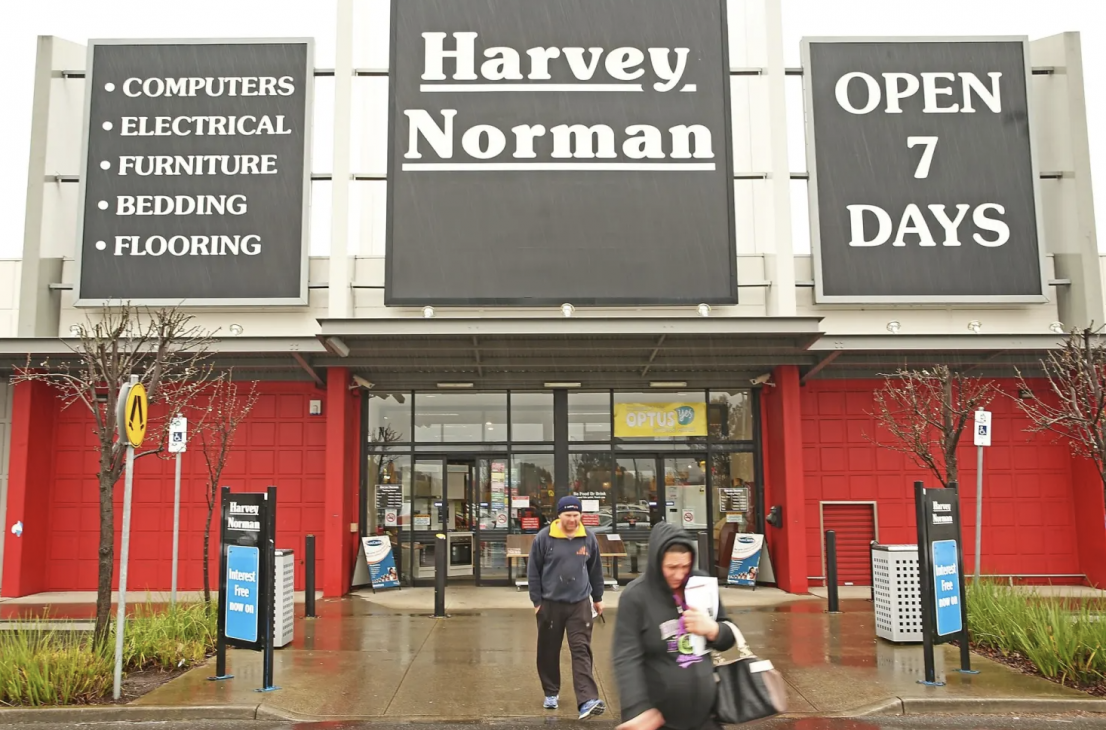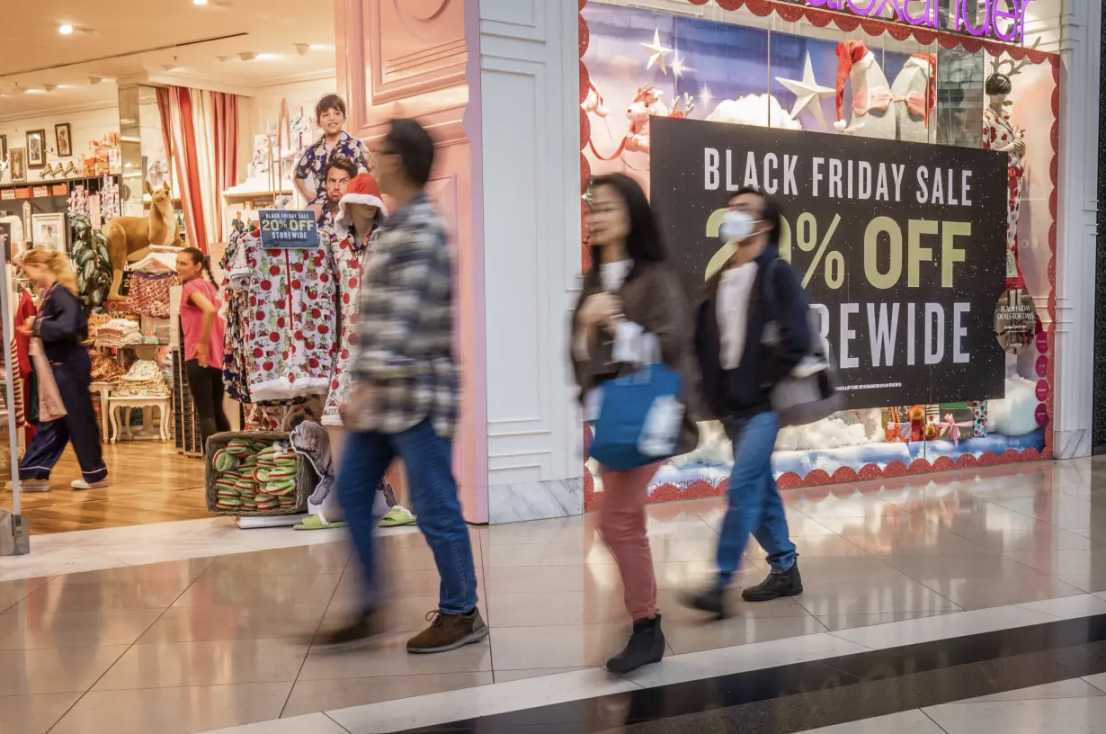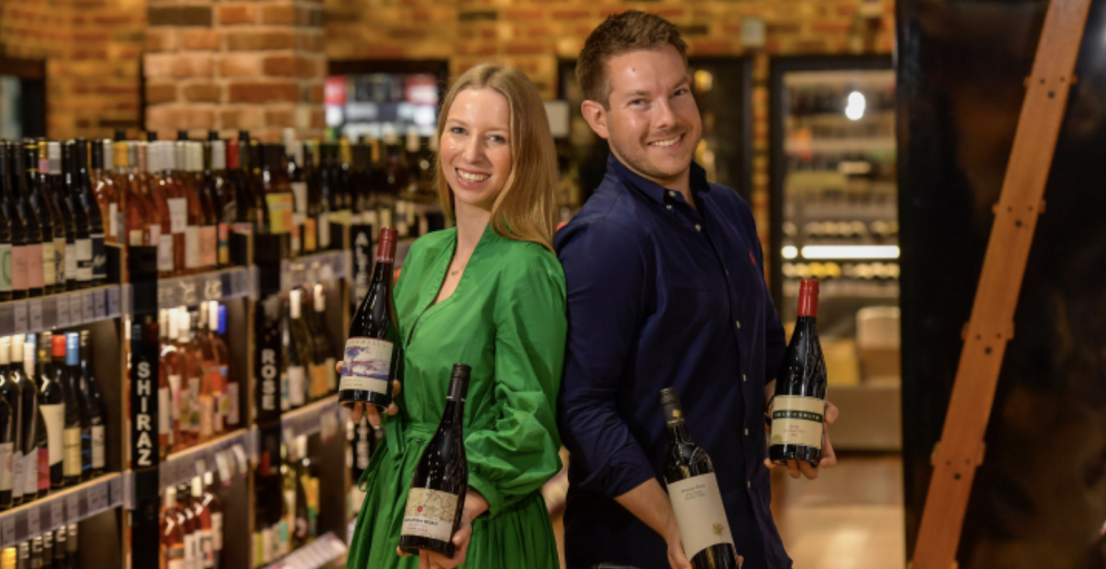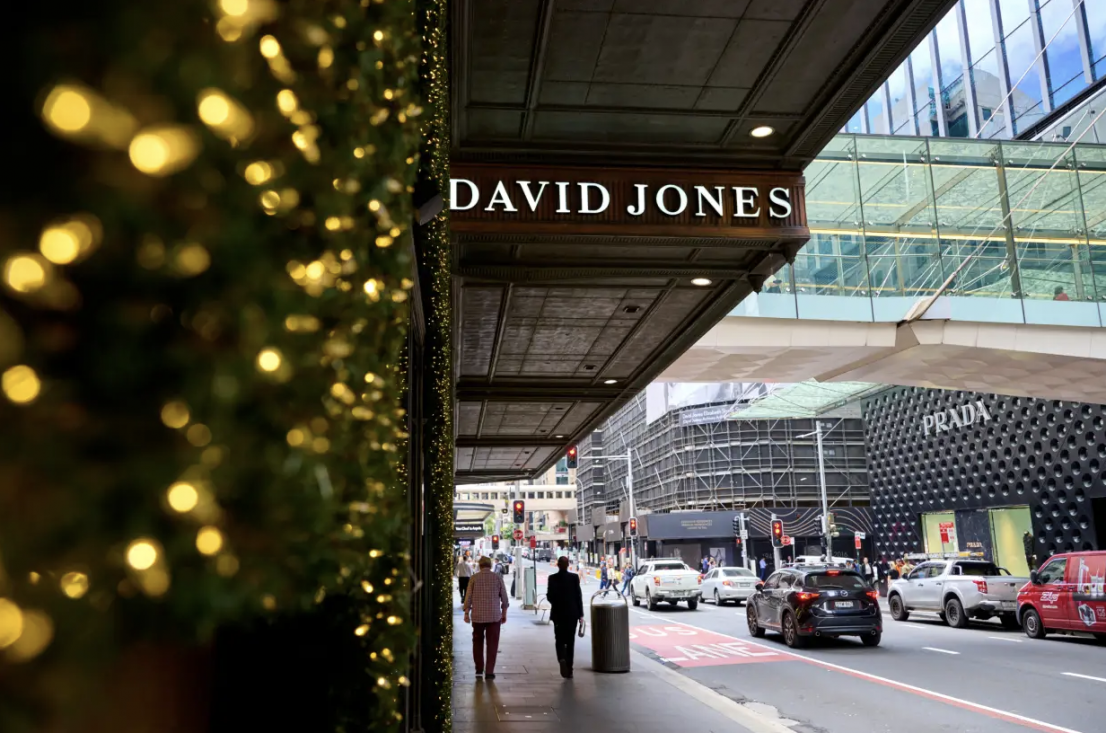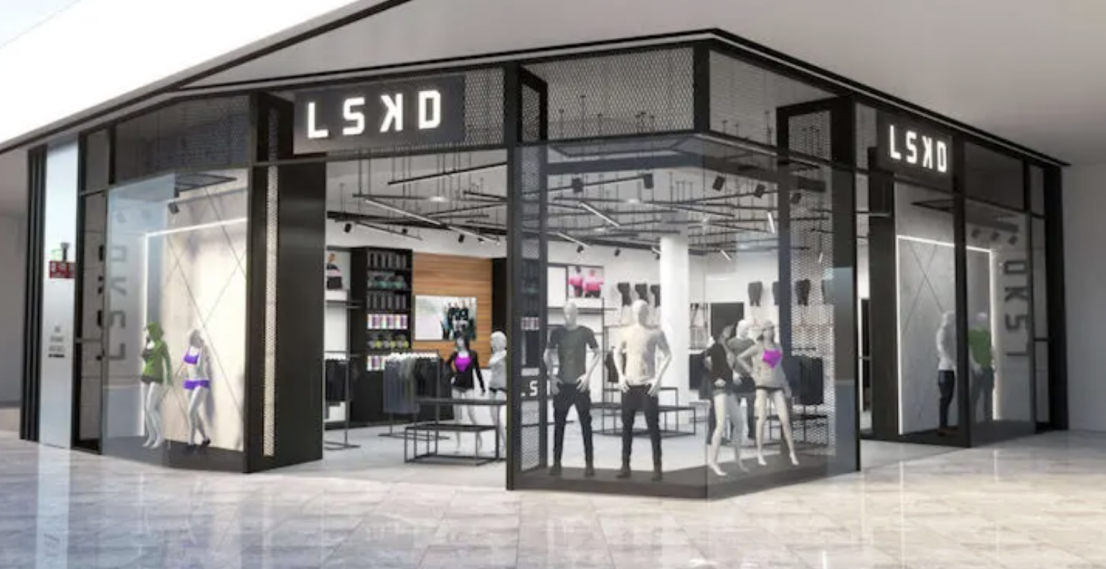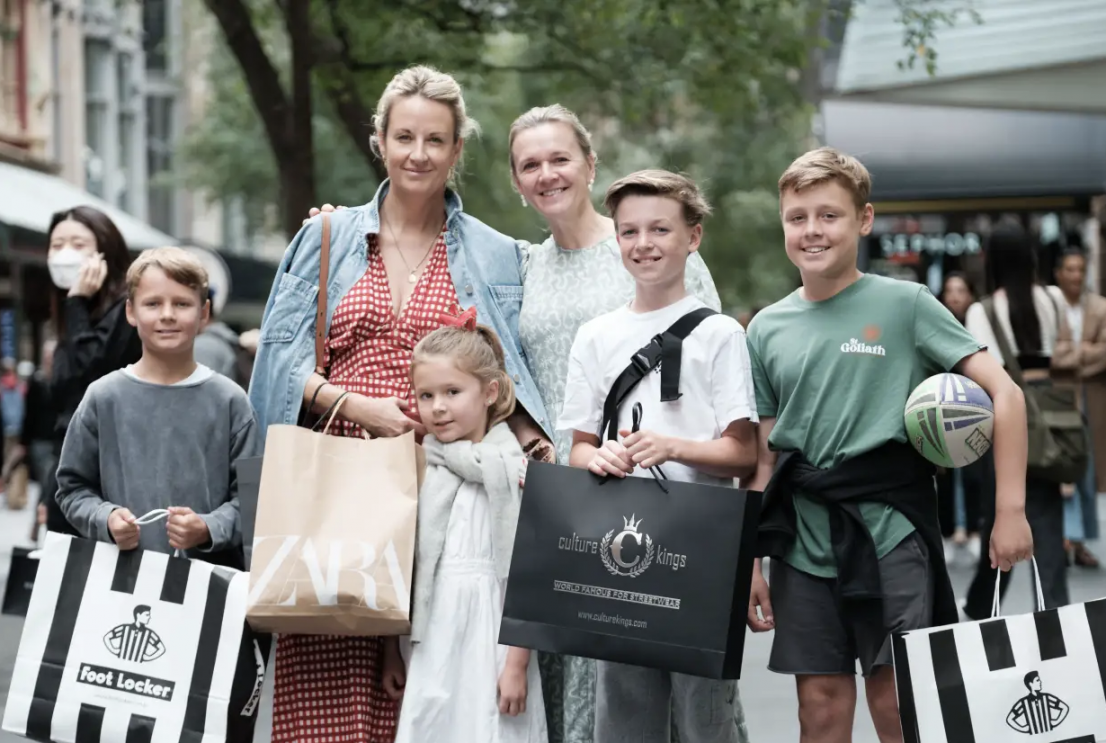
It’s 12pm in Sydney’s central business district, with only four days to go until Christmas, and shoppers seem to be in short supply.
There’s a long queue outside Haigh’s Chocolates on George Street and a longer one outside luxury retailer Hermes a few streets down.
But most people crossing the retail hotspot of Pitt Street Mall are visibly missing the tell-tale pre-Christmas shopping bags on their arms.
“For the kids, it’s just one big present and a few other smaller things on the side,” says Brooke Weston, who’s just been to Zara, Culture Kings and Foot Locker.
“Probably a bit more conscious on the spending this year because we don’t want to go over the top given the climate. It just feels a bit unusual to be spending more.”Over at the Queen Victoria Building, Tim Gurto, a computer programmer and Ella Zmudzki, a product manager are off work and dressed up for an afternoon of Christmas shopping. The haul so far is iPhone stands for Zmudzki and a tie for Gurto.
“I don’t think mine’s been affected that much compared to last year,” says Gurto.
“Australia seems to be doing fairly OK compared to other countries. We were just in the US and everything is much worse there – clothing, food, cocktails which once you add up everything are $40,” he said.
Weston and Gurto – one sombre, one upbeat – are typical of shoppers who retailers (and their investors) have been trying to get a read on in the lead-up to the Christmas period, which can account for two-thirds of their sales for the whole year.
Also upbeat is The Australian Retailers Association, which is tipping Christmas retail sales (November 1 to December 24) to be 6.4 per cent higher this year at $66 billion, including apparel, household goods, restaurants and others. It reckons inflation will weigh on retailers’ margins and spending, but not until next year.
Economist Frank Shostak disagrees. He thinks the 2022 Christmas shopper has lower savings after central banks’ money printing in recent years, which he thinks has also left businesses confused.
“I doubt that retailers can have a stronger period than last year. Obviously, surprises can happen, but people are poorer and if it happens, it will be at the expense of the next year in a big way.
“It would be totally irresponsible. It’s like somebody with little money, goes to buy Mercedes and nice luxurious stuff and he doesn’t have money enough for food and can die of starvation,” Shostak said.
Fund manager Richard Ivers, who can invest in ASX-listed retailers from his fund at Prime Value Asset Management, has a similarly pessimistic view of shopping appetite.
He went defensive on retail early in the year, keeping small allocations to kitchen appliance-maker Breville and beaten-down stock Hello Travel.
“We are hearing retail [was] strong up to a month ago [but we are] not sure about the last three weeks,” Ivers said.
“Our concern heading into 2023 [is there are] some early signs the economy is softening and rate rises continue to pressure household cashflows, and so we don’t want to be holding highly discretionary names.
“Retailers have benefitted from strong demand and less discounting – which supports margins. Both could reverse in 2023,” he said.
Brick-and-mortar’s hot, e-commerce slowing
Without a crystal ball and with most Australian retail giants publicly listed and gagged on sharing bellwether pre-Christmas sales data, smaller retailers are investors’ best bet for getting a read on the spending this year.
Suitcase seller July straddles the retail-travel divide and is a direct beneficiary of travel reopening, but its shoppers often make a purchase months before they are due to travel.
Its co-founder Athan Didaskalou says its customers are usually fashion-conscious women making between $100,000 to $250,000 a year, and they seem to be doing just fine.
“I don’t think rate rises are affecting their appetite. I know discretionary retail should be afraid of inflation. But by the time they come to us to buy luggage, they’ve already spent $3000 to $4000 on things like tickets and flights.
“People are just a little sceptical of what they see in the news. They just want to get on with their lives,” Didaskalou said.
He says July’s brick-and-mortar stores are pumping, making up 32 per cent of November sales (compared to 10-15 per cent last year) as shoppers head out and try to skip the Australia Post delays. Supply chain issues haven’t been a problem, although it had to compete for production slots at factories with other businesses building up inventory.
Staffing has normalised and costs of shipping containers are back to $8000 to $10,000 each, which is higher than $2000 to $3000 before the pandemic but still half of the $20,000 odd retailers had to stump up last year.
For shoppers that do splurge this year, shirts and skirts online retailer Ozsale is seeing a similar preference for brick-and-mortar over e-commerce.
“It’s been a bit of a 180-degree turn this Christmas period. Right now, they want to go out. E-commerce will continue to grow, but it’s just going through a funny period now,” OZsale chief executive officer Kalman Polak said.
Polak says there’s no doubt cost of living pressures, including servicing mortgages, are weighing on shoppers’ minds. Things they wouldn’t have thought twice before buying in the pandemic have become a conscious decision to be pored on. Meanwhile, retailers will have to think about cost pressures of their own.
“Last year it was about getting a handle on the stock. This year supply has not been a problem at all but the big challenge is keeping prices in check, from everything like purchasing automation for warehouses to Australia Post deliveries,” he said.
“If I think of 2023, retailers will be tightening their belts a lot to combat the costs. As a result, we may see lay-offs.”



